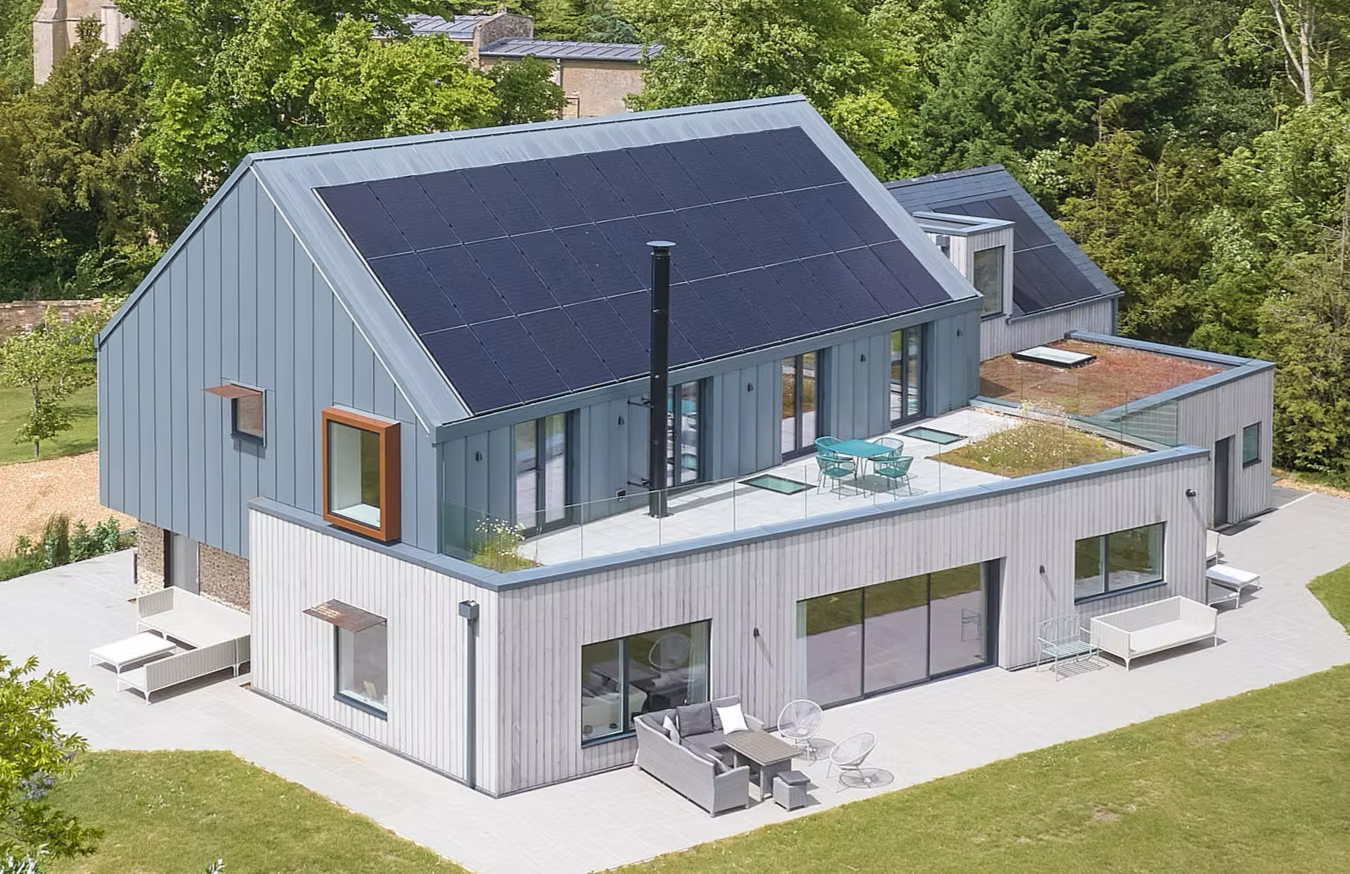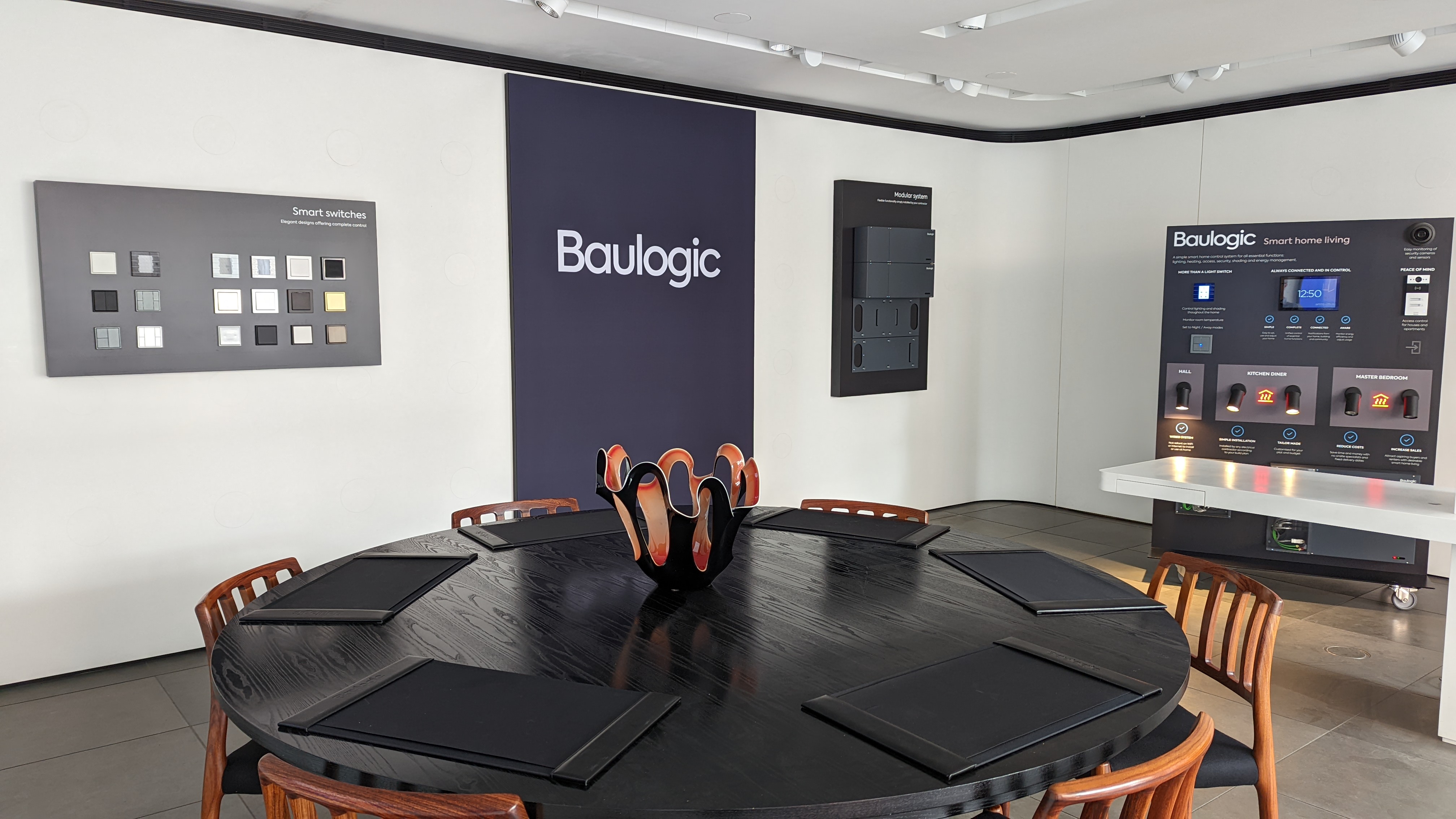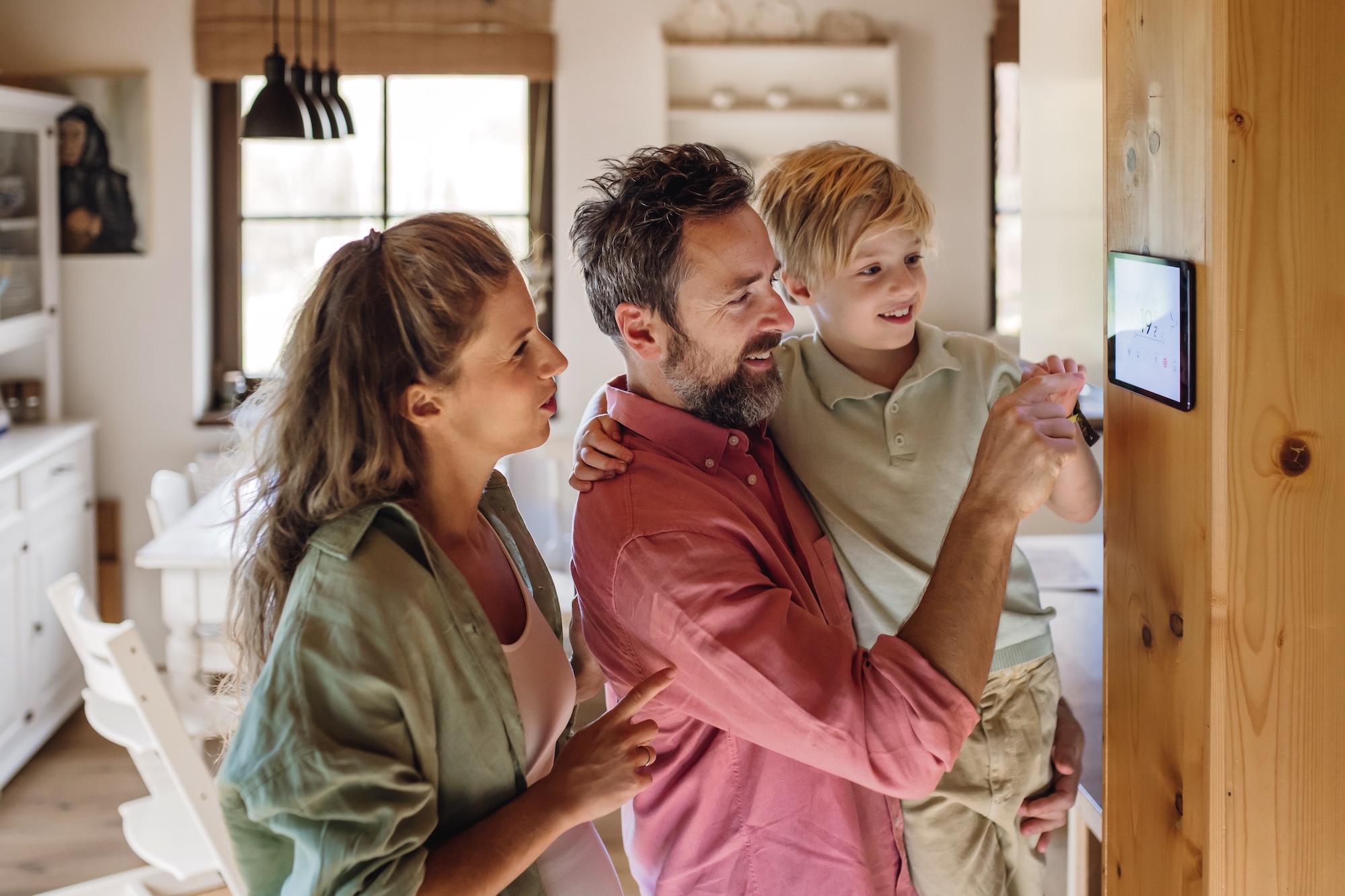
It is easy to see why “smart home” and “home automation” often get mixed up. Both involve technology making life easier, more comfortable, and more efficient. Yet they are not the same thing. Understanding the difference helps you choose the right approach for your home or development, ensuring you get the features, reliability, and long-term value you need.
In this article, we will look at what each term really means, outline the key differences, and explain why knowing the distinction matters when planning a connected living space.
2. Defining the Terms
2.1 What is a Smart Home?
A smart home is a property equipped with internet-connected devices that can be monitored and controlled remotely. Think smart speakers, cameras, lights, thermostats, and appliances that you can operate through a smartphone app or voice commands.
The backbone of a smart home is the Internet of Things (IoT), where devices communicate via cloud servers from providers such as Amazon, Google, or Apple. This enables convenience and personalisation but also means performance relies heavily on a stable internet connection.
Example: You use your phone to check your security camera, turn up the heating, and switch on the lights before you arrive home.
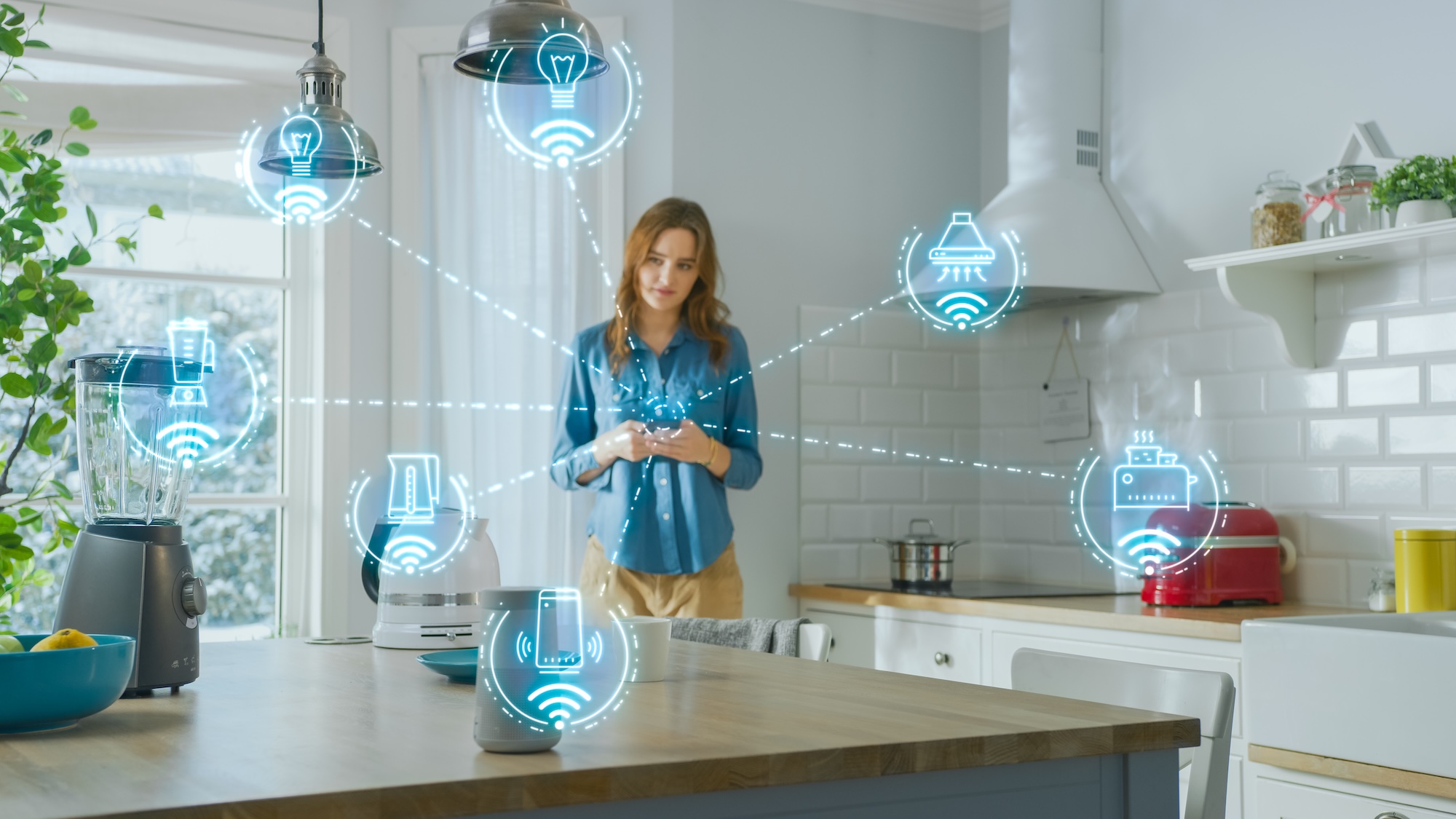
2.2 What is Home Automation?
Home automation is a broader concept that focuses on controlling and managing multiple systems in the home automatically. It goes beyond individual devices, bringing lighting, heating, cooling, blinds, and security together into one coordinated setup.
True home automation often uses hardwired infrastructure and local controllers, so it can operate independently of the internet. Once programmed, it minimises the need for manual input, running routines and adjusting settings automatically based on schedules or environmental triggers.
Example: Your heating lowers when you leave, lights turn on at sunset, and blinds adjust to keep rooms comfortable, all without you doing a thing.
Baulogic’s approach to home automation delivers this kind of effortless experience as standard, with systems preconfigured for reliability and ease of use from the moment you move in.
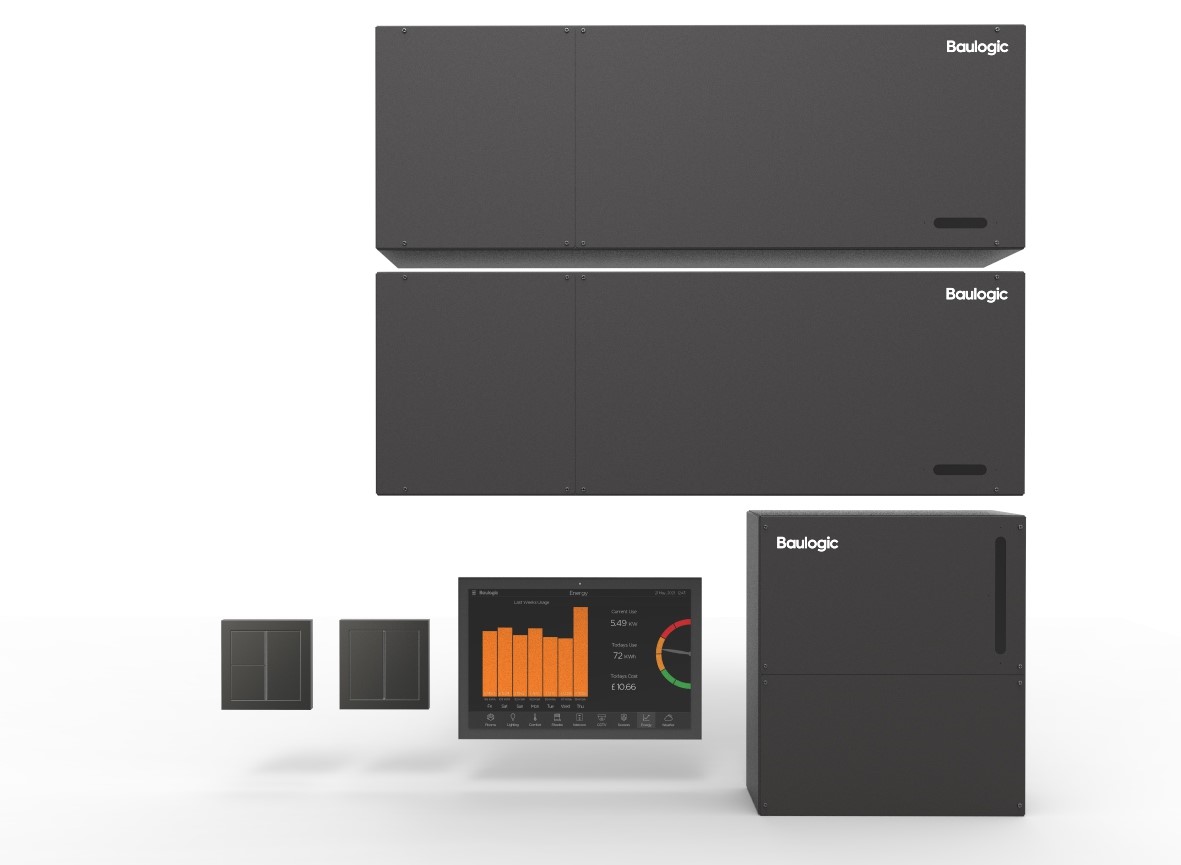
3. Key Differences at a Glance
Connectivity
Smart homes rely on the internet and cloud services for most functions. Home automation can run locally using hardwired infrastructure, which makes it more reliable and less dependent on an internet connection.
User Interaction
Smart homes are driven by user actions, such as voice commands or app controls. Home automation minimises the need for manual input by using automated schedules and event-based triggers.
Scope
A smart home is often built device-by-device, making it flexible and easy to add or remove gadgets. Home automation is typically a whole-home solution that is professionally installed for full integration.
Intelligence
Smart homes often use cloud-based AI to learn habits over time. Home automation uses programmed logic and environmental triggers to anticipate and act without internet-based learning.
Integration
Smart homes usually work through brand-specific hubs or apps. Home automation unifies control of all key home functions into a single, seamless system.
While smart home technology offers convenience and personal control, home automation provides deeper integration, reliability, and a truly hands-off experience. The two can work together, but they are not interchangeable.
Baulogic specialises in delivering true home automation: a built-in, future-ready system that works seamlessly from day one. By understanding the difference, you can choose a solution that not only enhances daily living but also adds lasting value to your property.
If you are planning a new build or renovation, explore how Baulogic can create a connected home environment that works quietly in the background, giving you more time to focus on the things that matter.
More Insights

